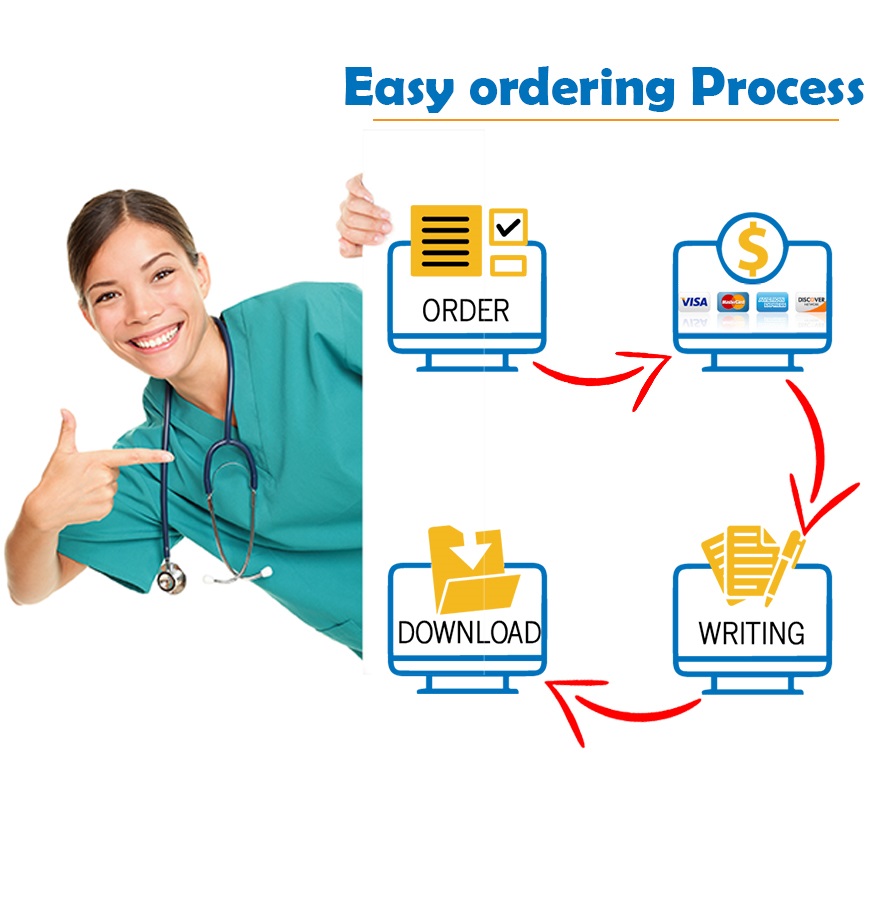Linear Regression and Simple Exponential Smoothing (SES) Forecasting
Assignment Overview
Scenario: You are a consultant who works for the Diligent Consulting Group. Your client, the New Star Grocery Company, believes that there may be a relationship between the number of customers who visit the store during any given month (“customer traffic”) and the total sales for that same month. In other words, the greater the customer traffic, the greater the sales for that month. To test this theory, the client has collected customer traffic data over the past 12-month period, and monthly sales for that same 12-month period (Year 1).
Case Assignment
Using the customer traffic data and matching sales for each month of Year 1, create a Linear Regression (LR) equation in Excel, assuming all assumptions for linear regression have been met. Use the Excel template provided (see “Module 2 Case – LR –Year 1” spreadsheet tab), and be sure to include your LR chart (with a trend line) where noted. Also, be sure that you include the LR formula within your chart.
After you have developed the LR equation above, you will use the LR equation to forecast sales for Year 2 (see the second Excel spreadsheet tab labeled “Year 2 Forecast”). You will note that the customer has collected customer traffic data for Year 2. Your role is to complete the sales forecast using the LR equation from Step 1 above.
After you have forecast Year 2 sales, your Professor will provide you with 12 months of actual sales data for Year 2. You will compare the sales forecast with the actual sales for Year 2, noting the monthly and average (total) variances from forecast to actual sales.
To complete the Module 2 Case, write a report for the client that describes the process you used above, and that analyzes the results for Year 2. (What is the difference between forecast vs. actual sales for Year 2—by month and for the year as a whole?) Make a recommendation concerning how the LR equation might be used by New Star Grocery Company to forecast future sales.
Data: Download the Module 2 Case template here: Data chart for BUS520 Case 2. Use this template to complete your Excel analysis.
Assignment Expectations
Excel Analysis
Conduct accurate and complete Linear Regression analysis in Excel. Use Excel support to find information on linear regression in Excel: https://support.office.com/en-us/Search/results?query=linear+regression
Written Report
- Length requirements: 4–5 pages minimum (not including Cover and Reference pages). NOTE: You must submit 4–5 pages of written discussion and analysis. This means that you should avoid use of tables and charts as “space fillers.”
- Provide a brief introduction to/background of the problem.
- Your written (in Word) analysis should discuss the logic and rationale used to develop the LR equation and chart.
- Provide complete, meaningful, and accurate recommendation(s) concerning how the New Star Grocery Company might use the LR equation to forecast future sales. (For example, how reliable is the LR equation in predicting future sales?) What other recommendations do you have for the client?
- Write clearly, simply, and logically. Use double-spaced, black Verdana or Times Roman font in 12 pt. type size.
"Looking for a Similar Assignment? Order now and Get 10% Discount! Use Code "GET10" in your order"



